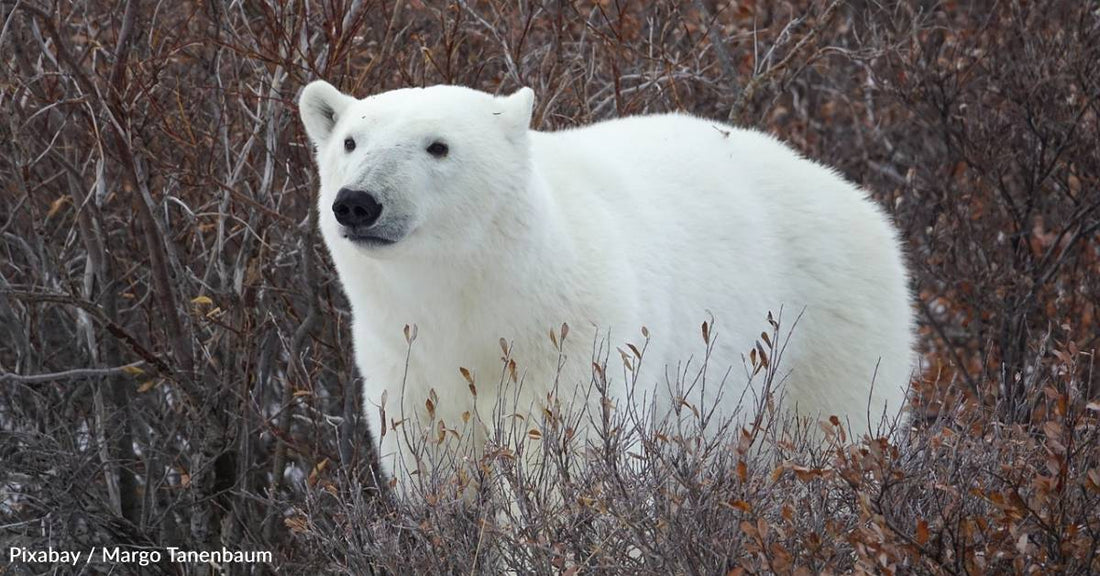7th Annual Holiday Toy & Treat Event! Bring Joy To a Shelter Pet
Polar Bears Are Being Exposed to More Pathogens as the Arctic Warms
Michelle Milliken
As the climate changes, Arctic animals are seeing impacts on their habitat and their ways of life. For polar bears, as sea ice melts earlier and re-freezes later, it’s necessary to spend more time on land. This limits hunting prospects, as seals are their main prey. Seals, too, are at risk due to changes in ice. Going ashore for longer stretches also increases polar bears’ chances of conflict with people. New research highlights another issue they may have to face: A larger chance of exposure to pathogens.
A study recently published in the journal PLOS One compared pathogen exposure levels of Chukchi Sea polar bears between 1987-1994 and 2008-2017. Using blood tests, researchers looked for antibodies associated with Toxoplasma gondii, which causes toxoplasmosis; Neospora caninum, which causes neosporosis; Francisella tularensis, which causes rabbit fever; Brucella abortus and suis, which cause brucellosis; and canine distemper virus. The researchers say because polar bears are apex predators that roam long distances, their exposure gives good insight into how other Arctic animals may be faring.

The findings showed that more Chukchi Sea polar bears had antibodies for all six of these pathogens in 2008 to 2017 than they did between 1987 and 1994. The increases ranged from 30% to 541% over the study period. That’s among the highest rates of increases for polar bears.
In contrast, the study notes that over a similar period of time, Hudson Bay polar bears had an antibody increase of 30% to 60% for some of the pathogens, but no noted increases in N. caninum or canine distemper virus. The Southern Beaufort Sea polar bears, meanwhile, saw 81% and 27% increases over eight years in antibody prevalence for T. gondii and Brucella spp., respectively.

The study authors write, “Taken together, these results suggest that polar bears, and potentially other species in Arctic ecosystems, may be facing growing exposure to parasitic, bacterial, and viral pathogens, and that regional differences exist.”
So where were these exposures coming from? The findings show that it wasn’t necessarily from increased time on land over the summer. However, there were more apt to be antibodies for F. tularensis and B. abortus and suis in females compared to males. This suggests it may have something to do with denning on land.

The largest source of exposure appears to be their diet, though.
Dr. Karyn Rode, wildlife biologist with the US Geological Survey and the study’s first author, explains, “Our study suggested that they're getting their exposure to some pathogens primarily through their prey species. So what we saw as changes in pathogen exposure for polar bears is indicative of changes that other species are also experiencing.”
You can read the whole study here.

